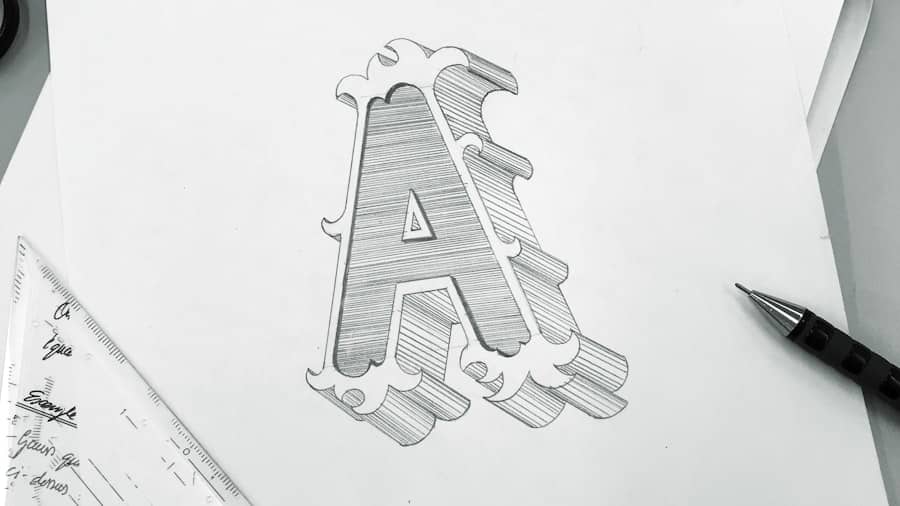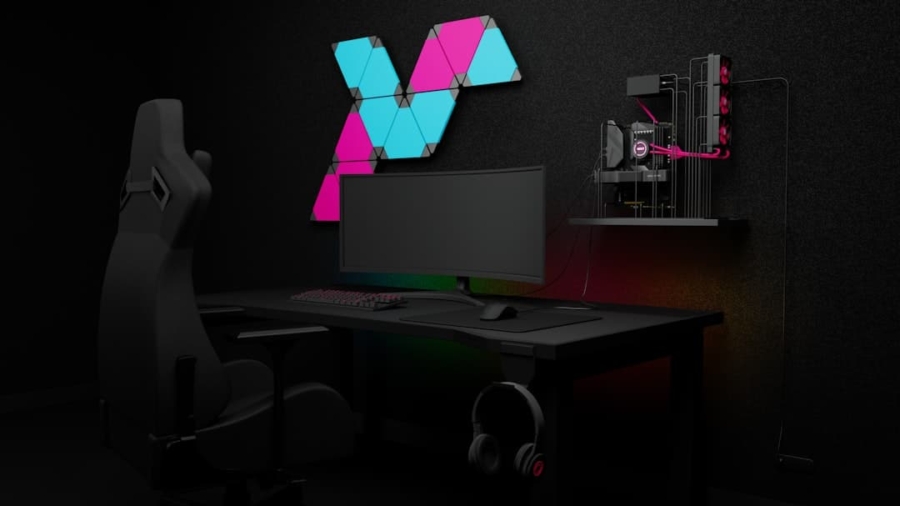Augmented Reality (AR) and Virtual Reality (VR) have emerged as transformative technologies in various fields, including collaborative design. These immersive technologies enable teams to visualize, interact with, and manipulate digital representations of their projects in real-time, regardless of their physical locations. The integration of AR and VR into the design process not only enhances creativity but also fosters a more engaging and interactive environment for collaboration.
As organizations increasingly adopt these technologies, they are redefining traditional workflows and breaking down geographical barriers that have long hindered effective teamwork. The essence of collaborative design lies in the ability of diverse teams to come together, share ideas, and iterate on concepts. AR and VR facilitate this by providing a shared virtual space where participants can visualize complex designs and make decisions collectively.
For instance, architects can walk through a virtual model of a building before it is constructed, allowing for immediate feedback and adjustments. This level of interactivity and immersion is unprecedented, offering a glimpse into a future where design is not just a solitary endeavor but a dynamic, collective experience.
Key Takeaways
- AR and VR are revolutionizing collaborative design by allowing teams to work together in immersive virtual environments.
- The benefits of using AR and VR in collaborative design include improved communication, enhanced visualization, and increased efficiency.
- Tools and software for collaborative design in AR and VR include platforms like SketchUp Viewer, Gravity Sketch, and Tilt Brush.
- Case studies of successful collaborative design projects using AR and VR demonstrate the potential for innovation and creativity in industries such as architecture, automotive, and fashion.
- Overcoming challenges in collaborative design with AR and VR requires addressing issues such as hardware limitations, user training, and data security.
The Benefits of Using AR and VR in Collaborative Design
One of the most significant advantages of employing AR and VR in collaborative design is the enhancement of communication among team members. Traditional methods of sharing design concepts often rely on 2D drawings or static images, which can lead to misunderstandings or misinterpretations. In contrast, AR and VR allow participants to engage with 3D models in a more intuitive manner.
For example, designers can use AR to overlay digital information onto physical spaces, enabling stakeholders to visualize how a new product or structure will fit into its environment. This immediacy fosters clearer communication and helps ensure that everyone is on the same page. Moreover, AR and VR can significantly reduce the time required for design iterations.
In conventional design processes, making changes often involves lengthy discussions and revisions of physical prototypes or drawings. With AR and VR, teams can quickly modify designs in real-time, allowing for rapid prototyping and testing of ideas. This agility not only accelerates the design process but also encourages experimentation and innovation.
For instance, automotive companies have utilized VR simulations to test various vehicle designs, enabling them to refine their concepts before committing to costly physical prototypes.
Tools and Software for Collaborative Design in AR and VR

The landscape of tools and software available for collaborative design in AR and VR is rapidly evolving, with numerous platforms catering to different needs and industries. One prominent example is Autodesk’s Revit, which integrates with AR technologies to allow architects and engineers to visualize their designs in real-world contexts. By using AR headsets or mobile devices, users can overlay digital models onto physical sites, facilitating better decision-making during the design phase.
Another noteworthy tool is Unity, a widely used game development platform that has found applications in architectural visualization and product design. Unity’s capabilities enable designers to create immersive environments where stakeholders can interact with 3D models in real-time. This interactivity is crucial for collaborative design, as it allows team members to explore different aspects of a project from various perspectives.
Additionally, platforms like Spatial provide virtual meeting spaces where teams can collaborate in 3D environments, further enhancing the collaborative experience.
Case Studies of Successful Collaborative Design Projects using AR and VR
Several organizations have successfully harnessed the power of AR and VR in their collaborative design processes, yielding impressive results. One notable case is that of IKEA, which developed an AR application called IKEA Place. This app allows customers to visualize how furniture will look in their homes by overlaying 3D models onto their physical spaces through their smartphones.
The success of this application not only improved customer engagement but also provided valuable insights into consumer preferences, which informed future product designs. In the realm of architecture, the collaboration between Gensler, an architecture firm, and Microsoft showcases the potential of VR in design. Gensler utilized Microsoft’s HoloLens to create immersive experiences for clients during the design review process.
By allowing clients to walk through virtual representations of their projects, Gensler was able to gather immediate feedback and make necessary adjustments before finalizing designs. This approach not only streamlined the decision-making process but also enhanced client satisfaction by involving them more deeply in the design journey.
Overcoming Challenges in Collaborative Design with AR and VR
Despite the numerous benefits that AR and VR bring to collaborative design, several challenges must be addressed for successful implementation. One significant hurdle is the technological barrier; not all team members may be familiar with using AR or VR tools effectively. Training sessions may be necessary to ensure that all participants can navigate these technologies confidently.
Additionally, organizations must invest in the appropriate hardware and software infrastructure to support these immersive experiences. Another challenge lies in the integration of AR and VR into existing workflows. Many teams are accustomed to traditional design processes, and transitioning to a more technology-driven approach can be met with resistance.
To overcome this, organizations should emphasize the advantages of AR and VR in enhancing collaboration and efficiency. By demonstrating tangible benefits through pilot projects or case studies, teams may be more inclined to embrace these new methodologies.
Best Practices for Implementing AR and VR in Collaborative Design

To maximize the effectiveness of AR and VR in collaborative design, organizations should adhere to several best practices. First and foremost, it is essential to define clear objectives for using these technologies within the design process. Whether the goal is to improve communication, accelerate iterations, or enhance client engagement, having a focused purpose will guide the implementation strategy.
Additionally, fostering a culture of collaboration is crucial when integrating AR and VR into design workflows. Encouraging open communication among team members can help identify potential challenges early on and facilitate smoother transitions into new technologies. Regular feedback sessions can also provide insights into how well these tools are being utilized and where improvements can be made.
Furthermore, organizations should consider starting small by piloting AR and VR projects with select teams before scaling up. This approach allows for experimentation without overwhelming resources or personnel. By analyzing the outcomes of these pilot projects, organizations can refine their strategies and build confidence among team members regarding the use of immersive technologies.
The Future of Collaborative Design with AR and VR
The future of collaborative design is poised for significant transformation as AR and VR technologies continue to advance. As hardware becomes more affordable and software solutions become increasingly sophisticated, we can expect wider adoption across various industries. The integration of artificial intelligence (AI) with AR and VR could further enhance collaborative design processes by providing intelligent insights based on user interactions within virtual environments.
Moreover, as remote work becomes more prevalent, the demand for effective virtual collaboration tools will grow. AR and VR offer unique solutions that can bridge the gap between remote team members by creating shared virtual spaces where they can interact as if they were physically present together. This evolution will not only change how teams collaborate but also redefine the very nature of design itself.
As industries such as healthcare, education, and manufacturing explore the potential of AR and VR for collaborative design, we may witness innovative applications that we have yet to imagine. For instance, medical professionals could use VR simulations for surgical training or patient consultations, while educators might leverage AR tools to create interactive learning experiences that engage students more deeply.
The Impact of AR and VR on Collaborative Design
The integration of Augmented Reality and Virtual Reality into collaborative design processes marks a significant shift in how teams conceptualize, develop, and refine their projects. By enhancing communication, accelerating iterations, and providing immersive experiences that foster creativity, these technologies are reshaping traditional workflows across various industries. As organizations continue to explore the potential of AR and VR, they are not only improving their design capabilities but also paving the way for a more collaborative future where distance is no longer a barrier to effective teamwork.
As we look ahead, it is clear that AR and VR will play an increasingly vital role in shaping the future landscape of collaborative design, offering new opportunities for innovation and creativity that were previously unimaginable.
In the realm of collaborative design, augmented reality (AR) and virtual reality (VR) are revolutionizing how teams work together, offering immersive environments that enhance creativity and efficiency. A related article that delves into the tools aiding such innovative processes is

